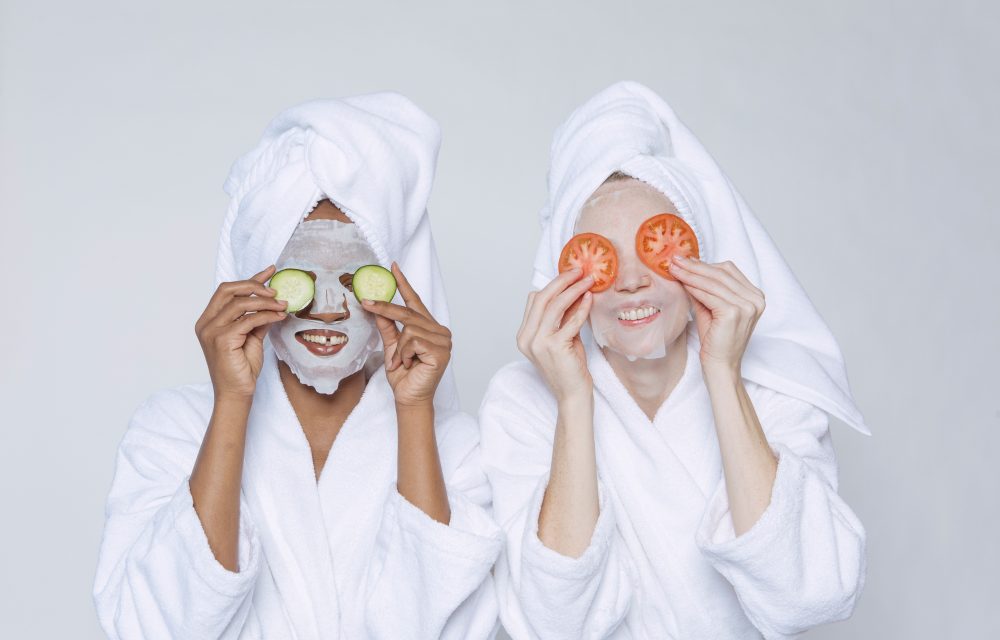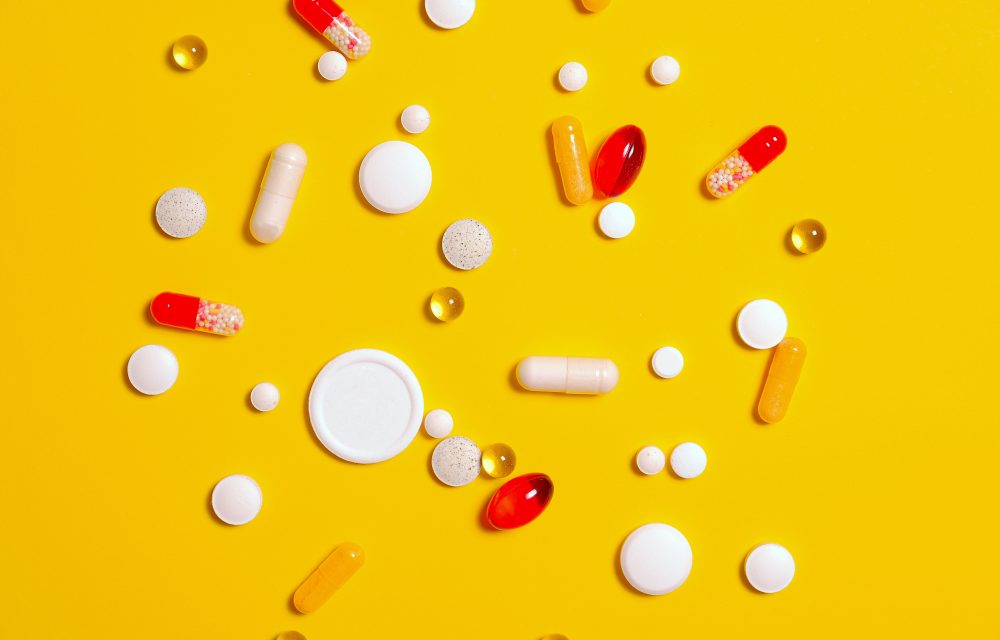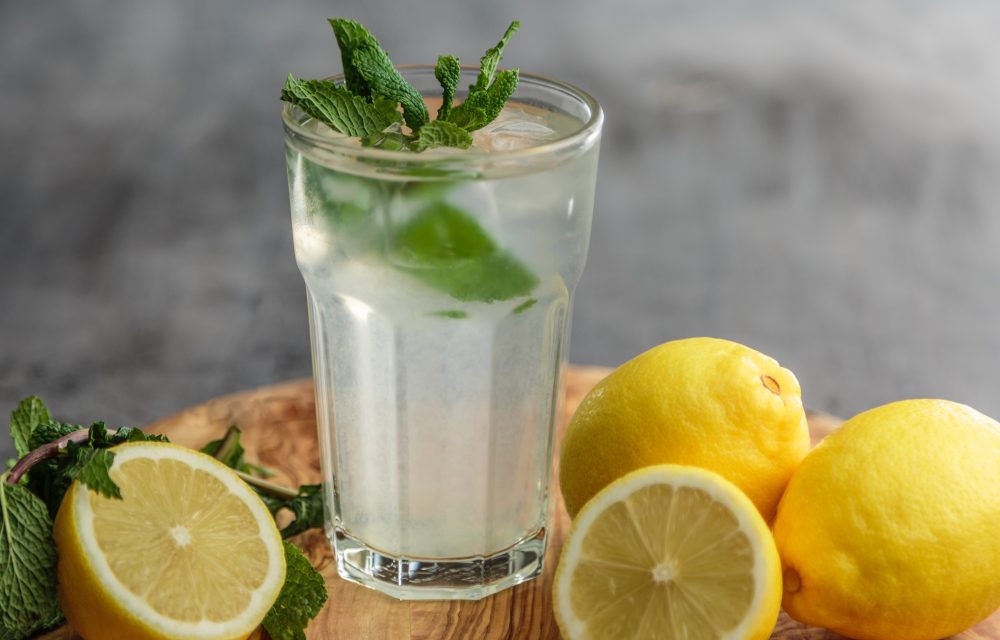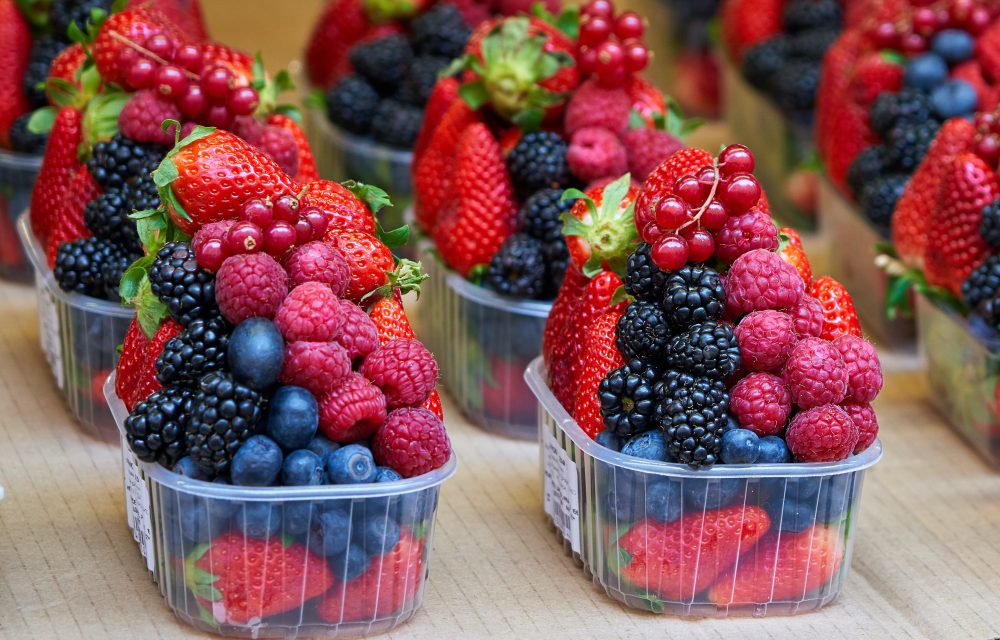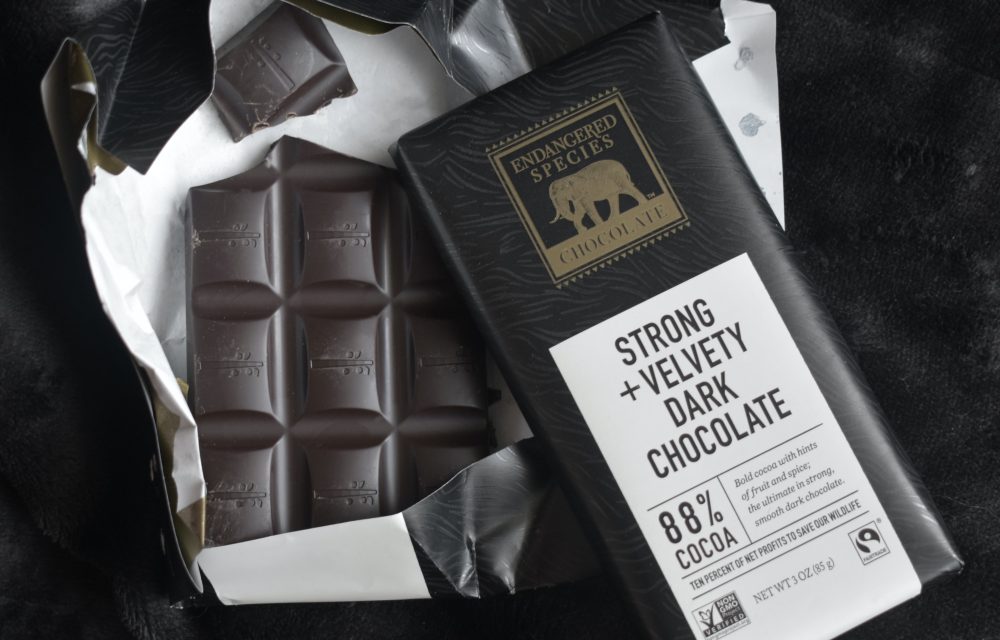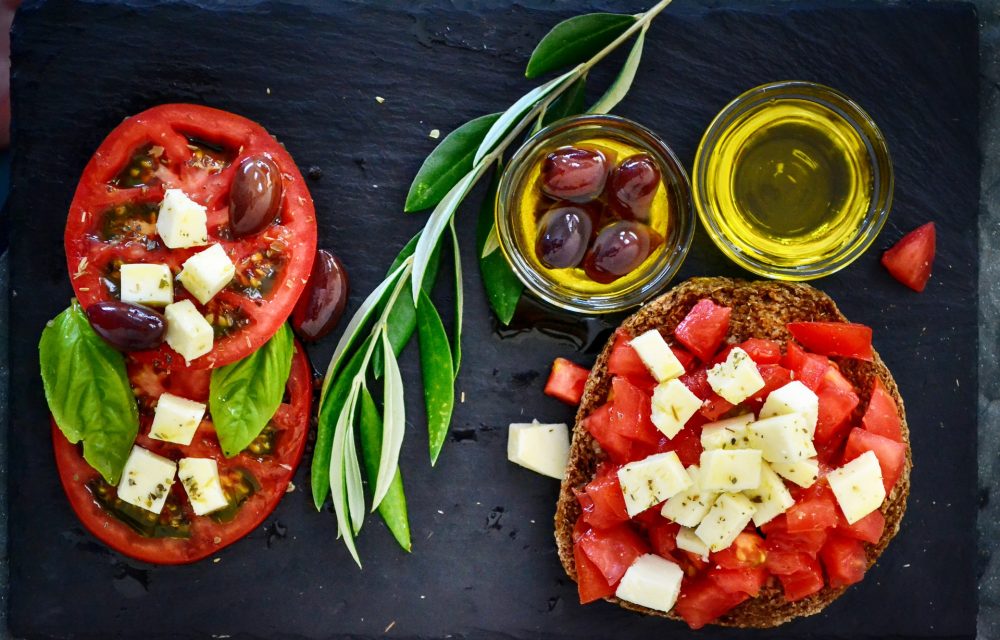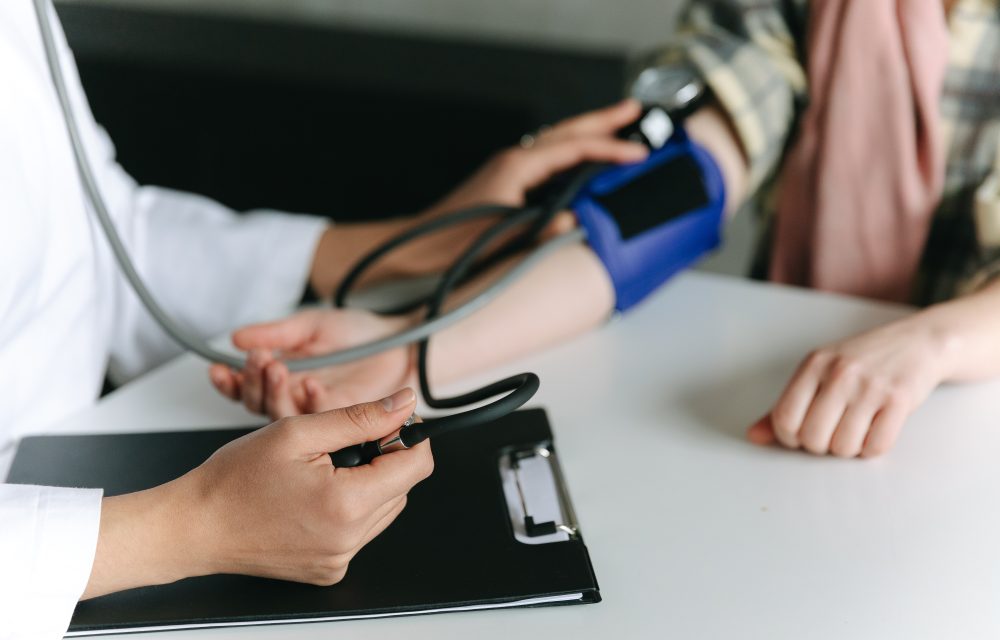Skincare And Healthy Eating
Instead of looking for the next wonder cream to help stop wrinkling or acne, check your diet first. Skincare and healthy eating are partners in a better complexion. Eating healthy can help prevent acne outbreaks, wrinkles, and aging skin. What you eat shows on your waistline, but also on your face. Here are a few dietary changes you can make to help eliminate the problems you may have.
The largest organ in your body is your skin.
Your skin is affected by your diet, and also your fitness. Good circulation creates a healthy glow and attractive skin. It also takes good nutrition to build healthy cells and keep the body functioning at its best. If you have dry skin, increase your daily water intake and juicy fruits and vegetables. You need food high in vitamins A and C, plus healthy fat. You’ll get healthy fat from eating avocados and fatty fish like salmon.
Don’t eliminate healthy oils just because you have oily skin.
The oiliness of your skin isn’t determined by how much oil you eat but by many factors. Heat and humidity of the area, your genetics, age, skin care regimen, stress, and diet are a few of these. You can’t change some factors, but you can change your diet. Drink plenty of water and eat a healthy diet loaded with fresh fruits and vegetables. Include avocado, nuts, tomatoes, whole grains, lean protein, fish, and food high in vitamin C like oranges. Coconut water and green tea are also beneficial. Avoid dairy, sugar, red meat, salt, sugar, refined carbohydrates, and sugary foods.
You can reduce the risk of acne with a healthy diet.
Acne often occurs because of hormonal changes. It’s often common in teens but can also affect menopausal women. It often goes away without treatment but can be devastating when it occurs. Eating healthier is one way to improve skin conditions and help prevent the problem. Foods that raise blood sugar rapidly can trigger acne, so avoid sugar, white bread, white rice, and pasta. High-glycemic carbs aren’t the only culprit. Chocolate, dairy, saturated fats, and trans fats may trigger it, too. Food that is high in antioxidants, vitamins A and E, and zinc helps.
- No matter what your skin type, processed carbohydrates affect your complexion. They cause inflammation that can contribute to acne and other skin conditions.
- Problem skin can benefit by boosting anti-inflammatory and anti-bacterial food that improves your immune system. Food with vitamin C, like citrus or sweet red peppers, and food with zinc, such as shellfish and pumpkin seeds can help.
- Even though dairy may trigger acne flare-ups, some studies show that eating plain Greek yogurt with live bacteria may help the skin. You can even apply it to your skin. The probiotics and lactic acid it contain can help your complexion.
- If you want more vibrant skin, add tomatoes to your diet. It’s rich in lycopene, an antioxidant. Food with collagen, such as bone broth, can slow wrinkling.
For more information, contact us today at Hawaii Fit Camp!

